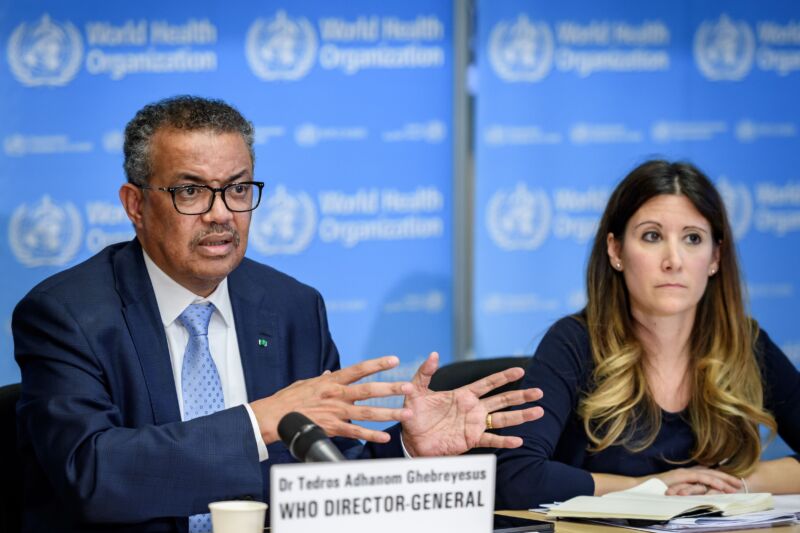
The global tally of COVID-19 cases is back up after a few weeks of decline. Concerns are being raised that we could see another surge amid relaxed health measures and the rise of the most transmissible version of the virus.
According to the latest COVID-19 situation report by the World Health Organization, the global tally of new weekly cases increased 8 percent for the week ending on March 13, totaling over 11 million cases. The Western Pacific, European, and African regions are seeing an increase in cases. Korea, Vietnam, Germany, France, and the Netherlands reported the highest number of new cases.
"These increases are occurring despite reductions in testing in some countries, which means the cases we are seeing are just the tip of the iceberg," Director-General of the World Health Organization Dr. Tedros Adhanom Ghebreyesus said in a press briefing Wednesday.Some countries, such as China, are grappling with their first surge of omicron cases, while others, such as Europe, are seeing a resurgence of cases. The initial omicron variant that spread worldwide is thought to be around 30 percent to 40 percent more transmissible than the subvariant.
Each country is facing different challenges, but the Pandemic is not over, according to Dr. Tedros.
The good news is that vaccines and most treatments work just as well against the new subvariant as they did against the old one. Studies have shown that past infections with BA.1 can offer protection against infections with BA.2. BA.2 doesn't seem to be causing more severe disease than BA.1.
BA.2 is more transmissible than BA.1 and is now the globally dominant variant. In the past 30 days, the WHO's technical lead on COVID-19, Maria Van Kerkhove, noted that 99% of all the SARS-CoV-2 viruses were omicron. 75 percent of the omicron viruses were BA.2, and 25 percent were BA.1.
AdvertisementShe said that the data being collected is faltering. The amount of testing that is happening worldwide is dropping.
The decline in testing worldwide is a result of many countries relaxing their testing policies. The combination of relaxed measures and waning protection from vaccination and boosters are fueling the spread of BA.2.
The US has not seen an increase in cases linked to BA.2. The rise of cases in Europe is expected to lead to a rise in the States. Almost 40 percent of wastewater monitoring sites in the US have detected rises in the levels of the disease. One of the earliest signs of an infection is when Wastewater monitoring picks up a virus that is shed in feces. The monitoring is an early warning system.
The surge seen with BA.1 in January is not expected to happen with BA.2. In the coming weeks, cases are expected to rise.
The Biden administration made a plea to Congress for more funding for continued testing. The country will be prone to being blindsided by future variant if testing capacity is lost in June. Administration officials said that they don't have enough money to get more booster shots if fourth shots are recommended. Without more funding, testing, access to therapies, and vaccine donations would suffer. The administration is asking for a lot of money.